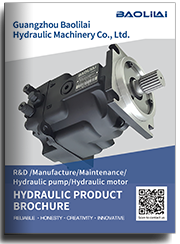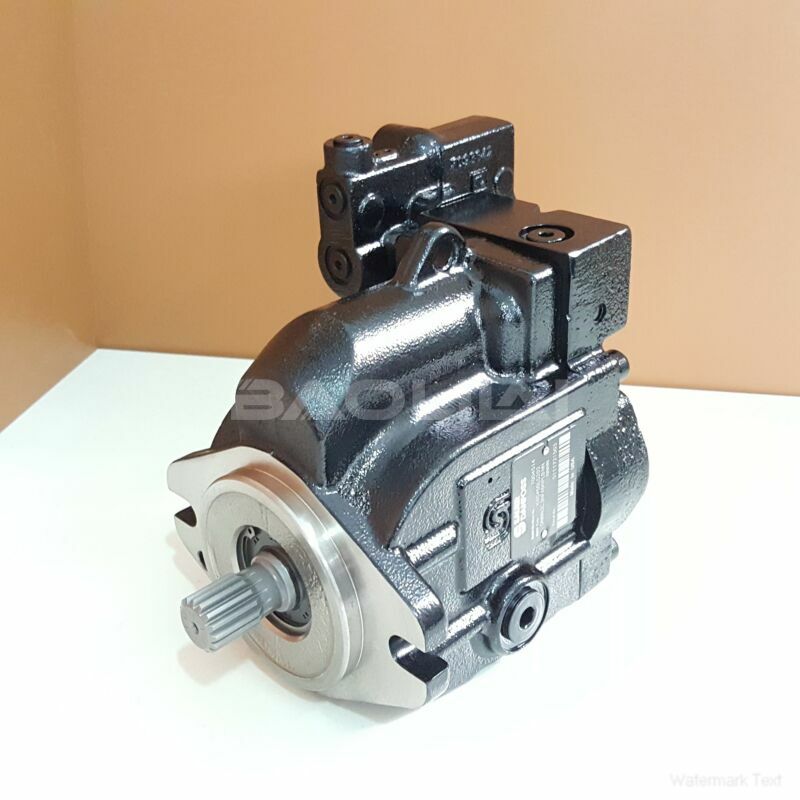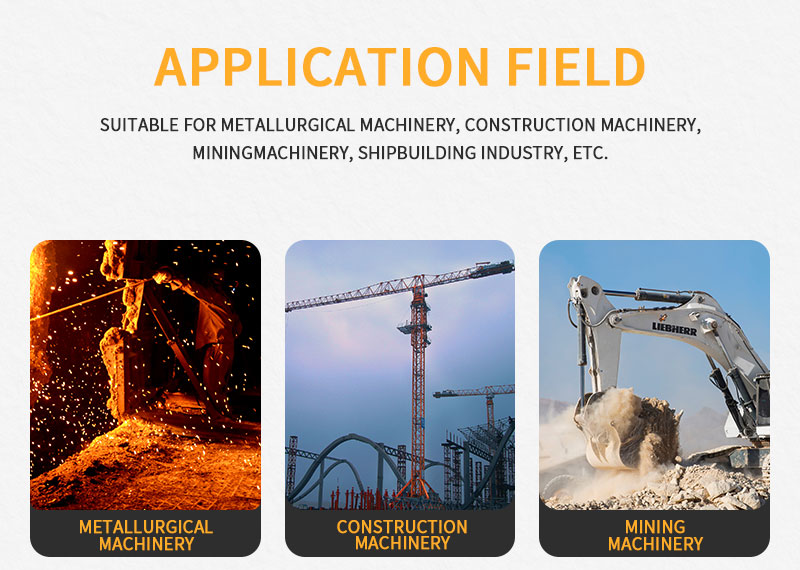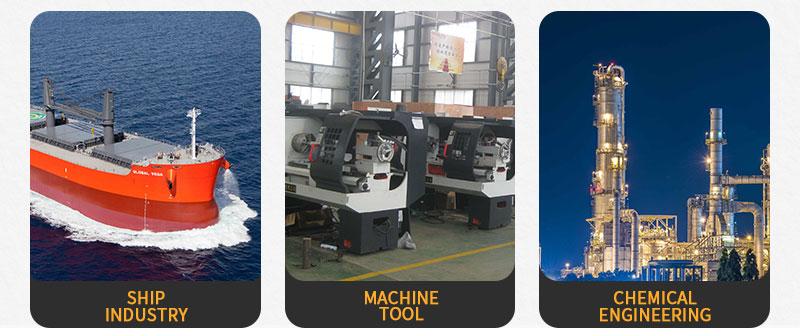KRR045DLS2120NNN3C3RGA6NAAANNNNNN sauer danfoss pump
KRR045DLS2120NNN3C3RGA6NAAANNNNNN sauer danfoss pump

- Product Details
- Applicable Scene
In the demanding environment of high-pressure mining operations, the design of hydraulic oil pumps plays a critical role in ensuring efficiency, reliability, and safety. As the industry continues to evolve, the need for more robust and effective hydraulic systems has become more prevalent. In this article, we delve into the key considerations and design elements that are essential for developing hydraulic oil pumps suited for high-pressure applications in mining.
KR-R-045D-LS-21-20-NN-N-3-C3RG-A6N-AAA-NNN-NNN
KRR045DLS2120NNN3C3RGA6NAAANNNNNN
One of the primary challenges in mining operations is the high levels of pressure and temperature that hydraulic systems often experience. These conditions demand hydraulic pumps that can withstand extreme forces while delivering consistent performance. Material selection is crucial in this regard; manufacturers typically opt for high-strength alloys or composite materials designed to resist corrosion, wear, and fatigue. Additionally, careful consideration of the pump’s seals and gaskets is essential to prevent leaks and maintain operational integrity.

83055485
Another important factor in pump design is the flow rate. Hydraulic systems in mining applications require pumps that can provide sufficient fluid flow to actuate heavy machinery and operate mining equipment efficiently. Engineers must calculate the required flow rates based on the specific needs of the machinery and operational demands. This calculation ensures that the pump can maintain performance continuity while mitigating the risk of cavitation and other flow-related issues.
Noise and vibration control is also a significant consideration in the design of hydraulic oil pumps. High-pressure mining operations often involve the use of several machines operating simultaneously, which can lead to hazardous levels of noise and vibrations. Implementing noise-reduction technologies, such as vibration dampers and sound insulating materials, can improve operator comfort and reduce the risk of equipment failure.
Incorporating advanced monitoring and control systems is becoming increasingly important in modern hydraulic pump design. These systems enable real-time monitoring of pump performance, fluid temperatures, and pressure levels. By analyzing data collected from these systems, operators can predict potential failures before they occur, leading to reduced downtime and maintenance costs. Furthermore, integration with IoT (Internet of Things) technology allows for remote monitoring and control, promoting operational efficiency.
The layout and installation of hydraulic pumps in mining operations also require careful thought. Ensuring that pumps are positioned at optimal angles can reduce fluid wear and improve pump efficiency. Moreover, providing adequate ventilation and cooling systems will help maintain optimal operating temperatures, which is vital for the longevity of hydraulic components.





